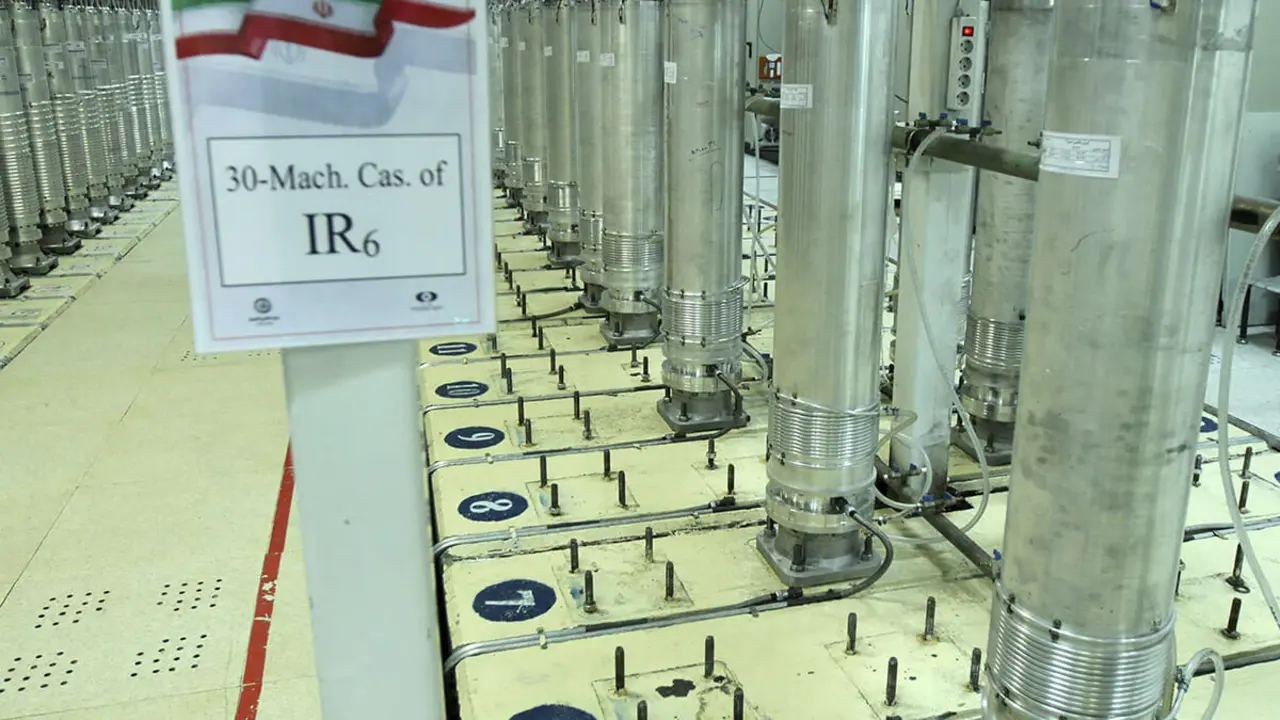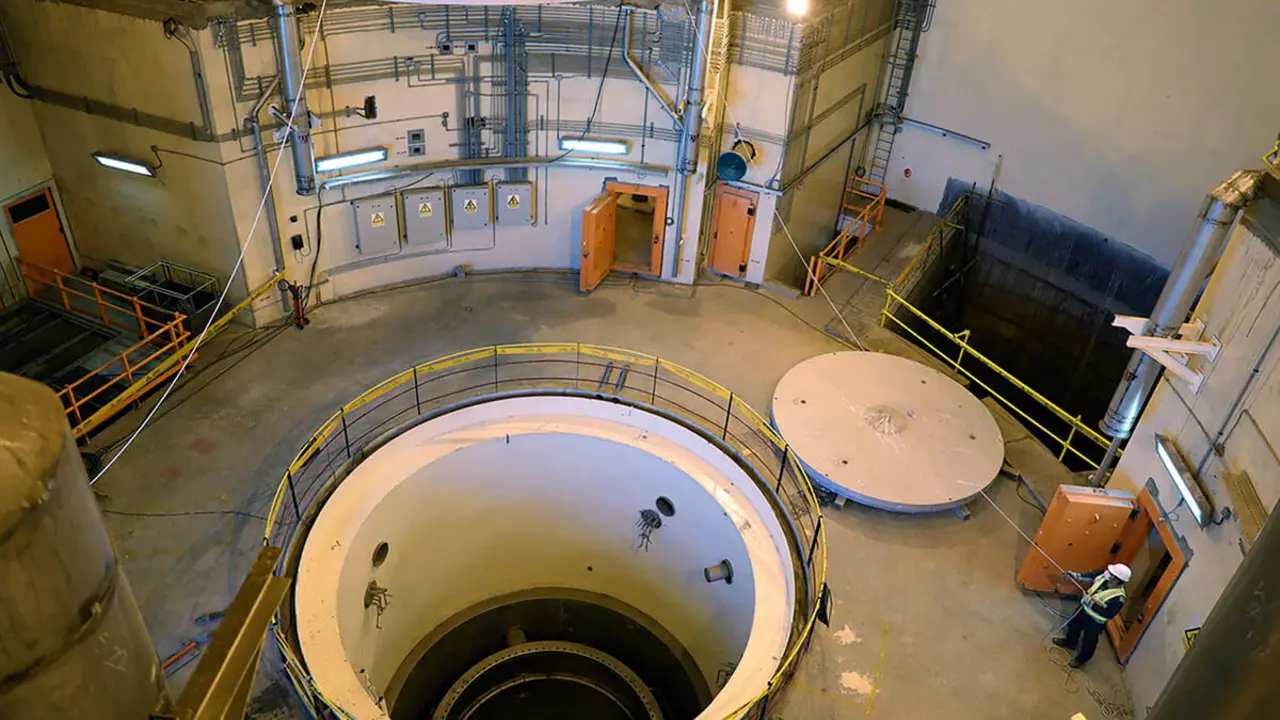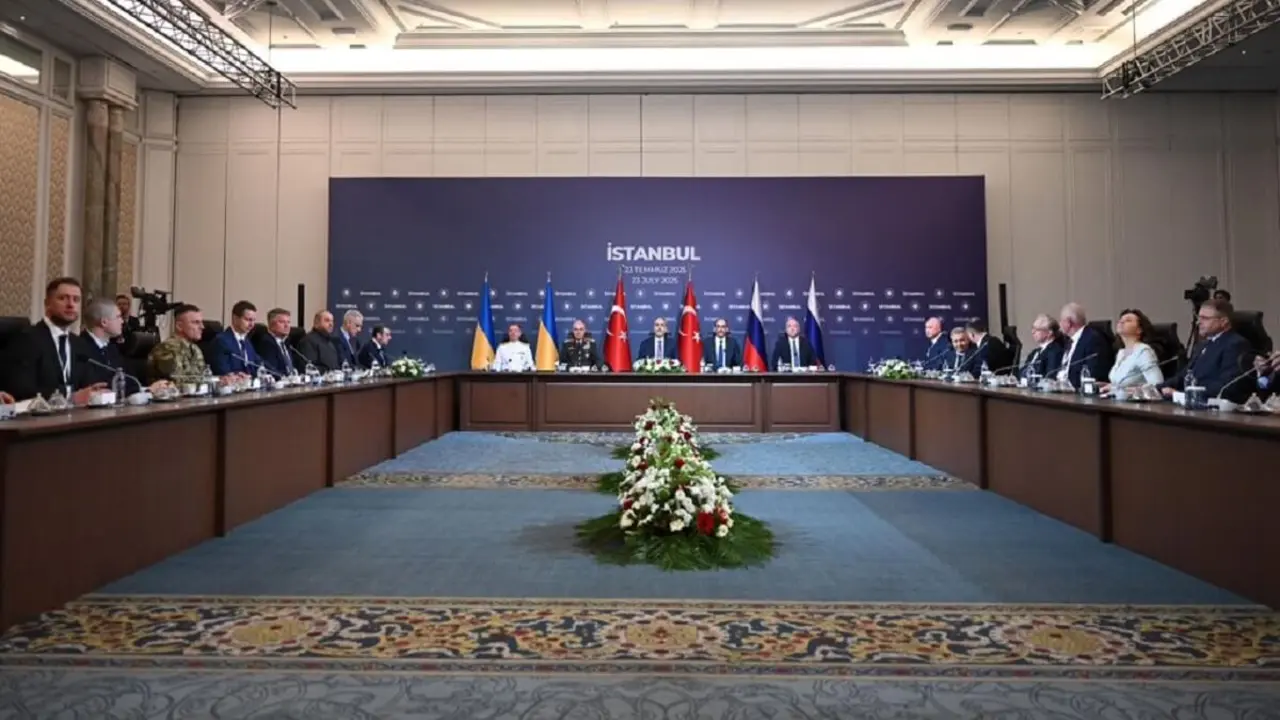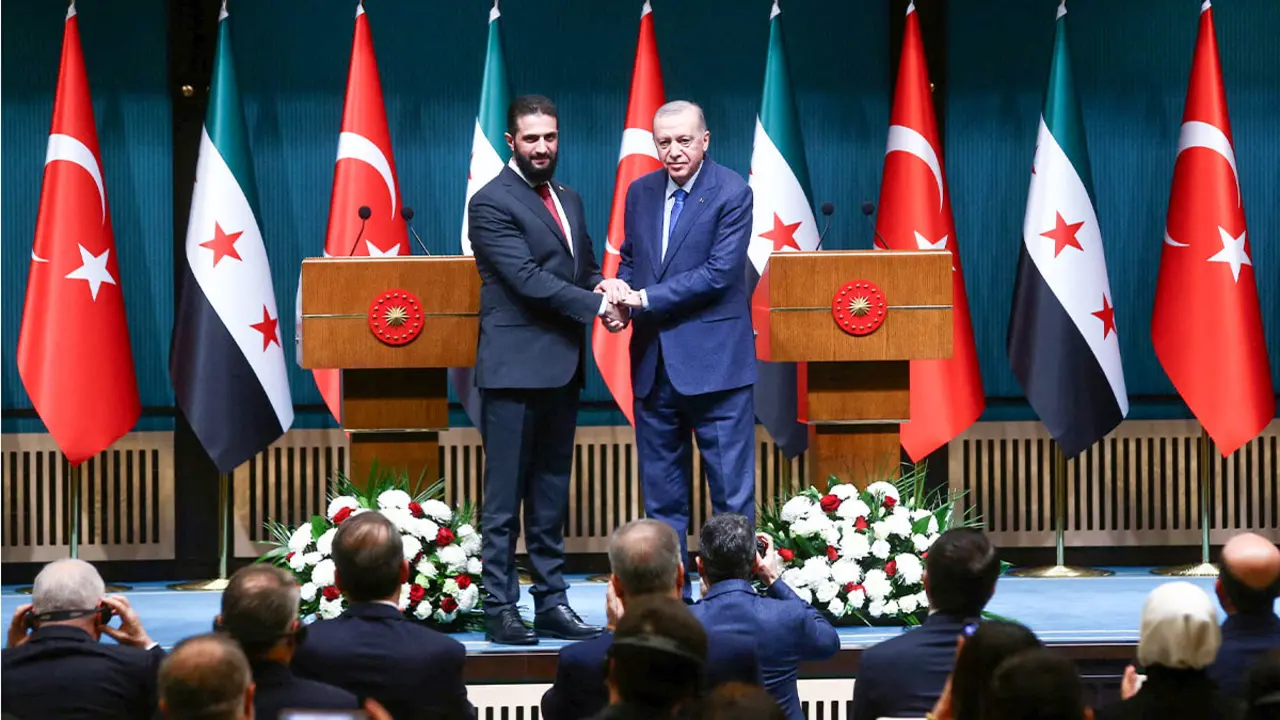Spanish-French cooperation in the European Union's defence industry
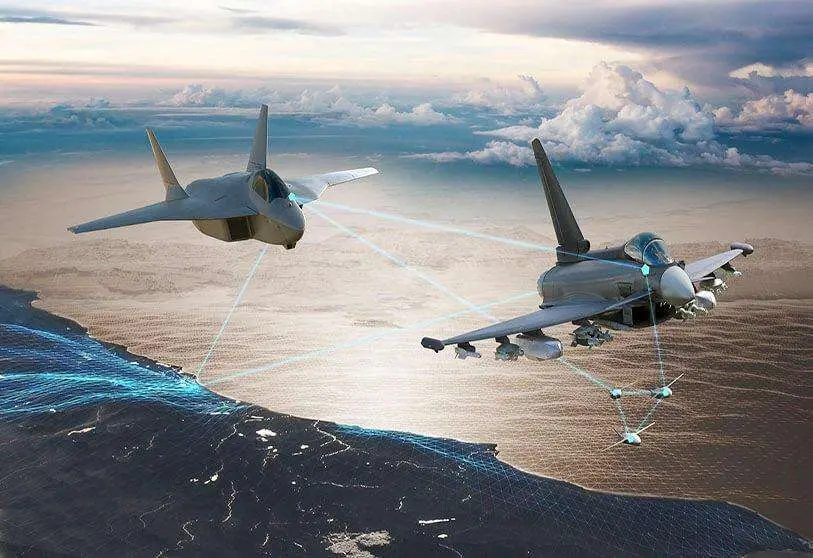
Traditionally, and with few exceptions, France and Spain have collaborated very little in the field of the defence industry. However, with the new challenges facing the European Union, this trend could be changing. The uncertainties related to the Brexit, the crisis in Ukraine and the Trump Administration's threats of abandoning NATO have reopened the debate on European defence.
In this context, Paris and Madrid have expressed their support for investing, planning, developing and operating defence capabilities more jointly in the framework of the Union. However, both countries still find it difficult to collaborate in the field of defence industry and, despite their mutual support in PESCO projects, we can only see real progress in the FCAS programme.
This document will analyse the current Spanish-French cooperation in the defence industry in the EU framework, as this is the environment where it has been most developed, and will propose recommendations for its improvement.
a. Cooperation framework: common efforts in Defence
Since the creation of the European Union, the idea of establishing a common security project has appeared on the table several times. In the Maastricht Treaty, the Member States agreed to create a common foreign and security policy. The Treaty of Nice, in 1999, enshrined the creation of the rapid reaction force, consisting of 60,000 soldiers from the European Union countries, which could be deployed in 60 days for regional crisis management and peacekeeping missions.
Despite this commitment, the European force project came up against several obstacles, such as the political power of NATO and the states' wish to maintain their own sovereignty in defence matters. Nevertheless, the EU countries share common threats such as terrorism, hybrid threats and energy insecurity. Therefore, despite misgivings, the European Union agreed to establish three new tools in the Comprehensive Foreign and Security Policy Strategy to boost defence cooperation.
First, the Annual Coordinated Defence Review (ADCR) provides Member States with an overview of the capabilities landscape and identifies opportunities for cooperation. Second, the European Defence Fund (EDF) functions as a financial incentive for defence cooperation. Third, the Permanent Structured Cooperation (PESCO) finds commitments to plan, develop and operate defence capabilities. These three instruments are coordinated by the European Defence Agency, which also ensures coherence between the EU and NATO defence planning processes.
b. Permanent Structured Cooperation (PESCO)
The purpose of the establishment of PESCO by the Council in December 2017 was to increase defence cooperation between twenty-five EU Member States, while achieving a coordinated defence industry in Europe. However, against the backdrop of international relations and the growing discrepancies between Europeans, the EU's defence policy appeared divided, weak and deficient.
Nevertheless, this initiative highlighted the need for cooperation, as well as for a balance of powers. As for France's position on this matter, Paris is convinced that the EU should develop its own capability to take independent military action in security and defence policy. Of a list of 47 projects being developed in the framework of PESCO, France is coordinating 10, Spain 2. Although there is a real gap in European leadership in this field, these two countries are cooperating on almost all the projects in which they are involved. Somehow, France and Spain seem to support each other in the development of a European defence industry.
c. Future Combat Air System (FCAS)
In terms of cooperation in the development of European defence programmes, one of the most controversial issues at present is undoubtedly the purchase of US military fighter planes by European countries. After Poland, Italy or the Netherlands, Belgium decided in 2018 to buy 34 American Lockheed-Martin F35 fighter planes with stealth capabilities. The acquisition of this fighter caused controversy in Belgium and Europe, as it runs counter to the idea of a more autonomous EU defence strategy.
As the American product was preferred over its European competitors, the Eurofighter Typhoon or the Rafale, several questions were raised about the relevance of the European defence strategy and its sovereignty. The director general of Dassault (the developer of the Rafale), Eric Trappier, regretted the choice of some European countries: "we have to ask ourselves about the weight Europeans have vis-à-vis the US in NATO". The Future Air Combat System (FCAS) initiative of France, Germany and Spain should therefore be stressed as a sign of Europe's commitment to defence. In order to address future issues on the horizon of 2040, the FCAS would put a New Generation Fighter Plane (NGF) in independent connection with drones, satellites and ground systems. A first prototype of this ambitious project would fly by 2026.
While Spain sees its F-18 Hornet aircraft reach the end of their operational life in five years, it appears to be committed to strong European cooperation. Indeed, after the signing of an introductory agreement at the Bourget show in 2019, the Spanish, French and German governments signed a research and development agreement at the Hotel deBrienne (French Ministry of Defence) on 20 February. The stakes of such a project are strongly linked to issues of sovereignty.
However, there are some difficulties in the development of this programme. Firstly, Airbus was notoriously unhappy that it had not been chosen to run the FCAS programme. Secondly, there are fears that the project will move away from the objective of meeting national defence interests, as a commercial struggle is emerging between Airbus and Boeing, and ultimately between Europe and the US. Furthermore, the FCAS cannot provide short-term solutions, so Spain is considering the F-35 to replace its aircraft, and Germany is considering adopting both the American Super Hornet and additional variants of the Eurofighter Typhoon. In addition, France is involved in the Rafale fighter project.
d. Difficulties in continuing cooperation
There are many defence projects involving Spain and France that have been launched. However, little progress has been made; the FCAS is the only one that stands out as a Spanish-French cooperation project. In fact, there are several problems that have been hindering collaboration between these two countries in the armaments sector.
Firstly, few joint projects have been carried out before. Not only because both states have been reluctant to cede sovereignty in this area, but also because they have chosen different partners. To support its defence industry, France has traditionally turned to countries such as Germany (Transall military transport aircraft), the United Kingdom (Lancaster House treaties and cooperation in the field of helicopters, for example) and Italy (FREMM programme). Furthermore, the United States plays an important role in the Spanish defence market for missiles, radars and electronic and communications equipment.
This situation has given rise to the debate on the role played by third states in the development of the European defence system. The United States has argued that industrial duplication should not be sought, as most of the European Union countries are members of NATO. However, the EU has stated that the capabilities of both organisations can be complementary. As a result, three different views seem to have emerged among European countries:
- Those who do not find European defence initiatives attractive, as they depend on US support in NATO. In addition, in September 2018, the United States launched the ERIP (European Recapitalisation Incentive Programme), which aims to help replace Soviet-origin equipment in Eastern European countries. They are therefore more willing to be dependent on Washington.
- Countries, such as Germany, which recognise the importance of promoting European strategic autonomy, but at the same time are aware of their dependence on the US, both for the security of Europe and for the functioning of trade.
- Those that promote the consolidation of a European defence industry, such as France.
Spain would be in the second group, as it purchases weapons from the United States (systems such as the MQ-9 "Reaper" drone, the AEGIS system of the F-100 frigates, the combat system of the S-80 submarine and the air defence missile of the F-110 frigate), but also feels the threat of an unstable Africa, which needs European action to be controlled. In any event, the fact that there are different visions within the Union has undermined the coordination of European defence policy.
Finally, the European multiannual financial framework 2021-2027 for the defence industry is pending approval. This could contribute to the proliferation of European requests and projects to take over EU budgets. However, its allocation was already in question before the COVID-19 crisis. Now the budget has been reduced from 13 million euros to 8 million.
The consolidation of the European defence market requires the cooperation of the Member States of the European Union, which has been limited to a few major projects that are not feasible at national level. This is because defence is still perceived as a national rather than a European issue, which delays the achievement of a consensus on this matter. However, France and Spain should focus on the benefits of cooperation to foster integration in this sector.
In 2018 the European Defence Agency presented the Capability Development Plan, the main aim of which is to support the decision-making processes at European and national level in the development of military capabilities. The EU should thus concentrate on the implementation and development of its capabilities in order to achieve strong strategic autonomy. That said:
- Greater coordination and distribution of capabilities can significantly improve the return on military expenditure, as each country would not need to cover a full spectrum of defence projects. This does not mean that countries like France or Spain should lose their essential capabilities, but rather that the EU Member States should cooperate more in building them and increase integration in secondary matters (for example, a ship for rescuing submarines or a laboratory for researching new materials). In any event, the Munich 2017 Security Report estimates that states could save up to one-third of current defence spending.
- It is necessary to implement a mapping of the European defence industry to establish a distinction between the different activities and projects that currently exist. For example, the Member States of the European Union have 20 different types of combat aircraft (compared with 6 in the United States), 29 types of frigates (4 in the United States) and 20 types of armoured combat vehicles (2 in the United States). Greater cooperation in the planning, acquisition and use of the systems would improve the interoperability of the Member States' armed forces and lead to a more efficient investment of money.
- To complement the above argument, it is also important to increase investment in defence research and development. Today we live in an international system where technology determines the balance of power. Therefore, if the European Union wants to become a strategic player, it must be at the same level in terms of technology as the rest of its international competitors.
- The geopolitical situation surrounding the European Union has a direct bearing on the development of its policies and projects: terrorism in the Sahel, the Brexit negotiations, the American elections and the current Covid-19 pandemic have highlighted the need to improve investment in European defence. European members should be prepared to adapt their strategies to current international trends.
- Finally, if Member States want to project European Strategic Autonomy beyond their borders, they have to strengthen their vision among European citizens. A defence culture strategy is essential to implement all the activities mentioned above. Without the support of citizens, these policies will not have an adequate outcome.
In view of the benefits, France and Spain should promote a European industrial and technological base to provide the industrial capabilities required by the Common Security and Defence Policy (CSDP). This includes strengthening relations with the rest of the European partners rather than with the United States in the field of defence industry. However, it will also be necessary to find a balance between the new European projects and NATO capabilities, especially in the short term.
Furthermore, support for Spanish and French defence industry companies in their convergence with Europe must be increased, and the promotion of technological partnerships with the European countries is crucial. This would facilitate the exploitation of opportunities for cooperation in accordance with the recommendations of the CARD.
We could conclude that there is currently cooperation between France and Spain in defence matters, although a more precise and comprehensive overview of the EU is still lacking on which areas, to what extent and with whom this strategy should be developed. However, the promising FCAS project can be a good starting point to change this situation, and both countries should focus on overcoming the difficulties that threaten the initiative.
Synopia and Artículo 30 thank their members for their joint contribution to this document, in particular Beatriz de León Cobo, Laura Schaub, Isabel Renedo, Clément Lopin and María Muñoz

